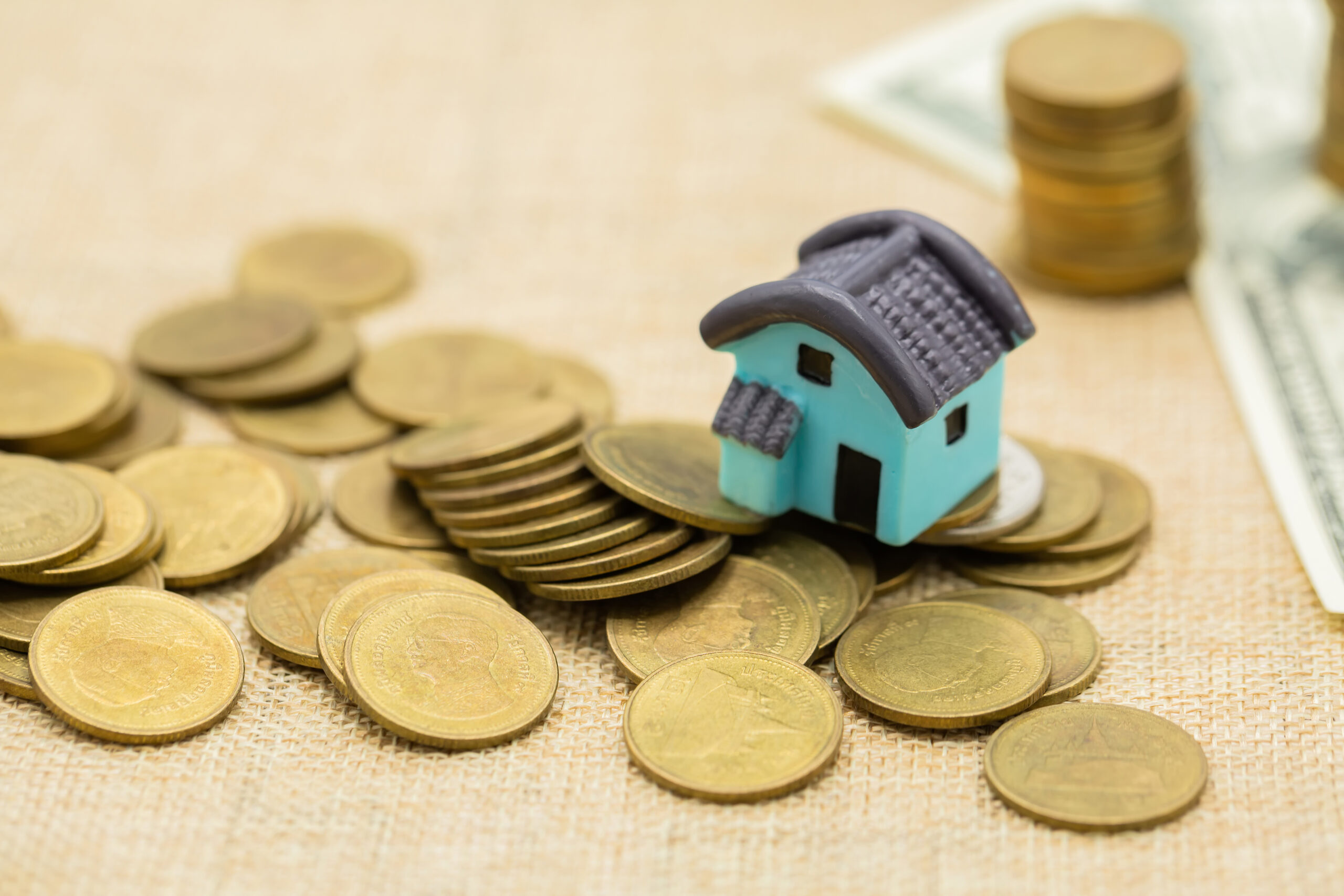Retirement is a time to enjoy the fruits of a lifetime of hard work. For many retirees, the challenge becomes how to maintain a comfortable standard of living without the stress of a traditional 9-to-5 job. One option retirees may not always consider is a Home Equity Line of Credit (HELOC). A HELOC allows homeowners to borrow against the equity in their home, providing a source of flexible funds for a variety of needs. This article explores different HELOC strategies for retirees, offering insights into how to maximize the benefits of this financial tool while minimizing potential risks.
What is a HELOC and Why Should Retirees Consider It?
A Home Equity Line of Credit (HELOC) is a revolving line of credit secured by the equity in your home. Unlike a traditional mortgage, which offers a lump sum of money with fixed terms, a HELOC provides flexibility. You can borrow money up to a certain limit, and the funds are available to you as needed, much like a credit card.
For retirees, a HELOC can be an attractive financial tool, especially if you have significant equity in your home. It allows you to access cash without selling your property, which can be especially beneficial if you’re looking to maintain a comfortable standard of living while preserving your home. Whether you need funds for home improvements, medical expenses, or even debt consolidation, a HELOC can offer a solution tailored to your needs.
Benefits of Using a HELOC in Retirement

There are several key benefits to using a HELOC during retirement:
- Access to Flexible Cash Flow: As a retiree, you may no longer have a regular paycheck, but a HELOC gives you access to money when needed. Whether it’s for unexpected medical expenses, home renovations, or other financial goals, a HELOC can help cover these costs without depleting your retirement savings.
- Lower Interest Rates: HELOCs typically offer lower interest rates than credit cards or personal loans, making them a cost-effective option for borrowing. Since your home secures the loan, lenders may offer more favorable terms.
- Home Improvements and Aging in Place: Many retirees prefer to stay in their homes as they age, and a HELOC can be an excellent tool for financing home modifications that make aging in place easier. Whether it’s installing a wheelchair ramp, widening doorways, or updating a bathroom, a HELOC can help make your home more accessible.
- Debt Consolidation: If you have high-interest debt, consolidating it into a HELOC can help lower your interest payments, allowing you to pay off debt more efficiently and save money in the long run.
- Preserving Home Ownership: Unlike selling your home, a HELOC allows you to access your equity without giving up ownership. This is an important consideration for many retirees who want to remain in their homes.
If you’re wondering if a HELOC is the right strategy for you, we recommend learning more about how this tool can help you eliminate mortgage debt and interest payments. Discover how to pay off your home in 5 years or less without changing your budget or lifestyle with our free guide: Learn How to Payoff Your Mortgage in 5 Years.
How to Qualify for a HELOC as a Retiree
One of the most common questions retirees have is whether they can qualify for a HELOC after they’ve stopped working. While it is true that a steady income stream is typically required for loan approval, retirees can still qualify for a HELOC in many cases.
What Lenders Look For:
- Home Equity: Lenders generally require you to have at least 15-20% equity in your home. This means the amount you owe on your mortgage should be significantly less than the home’s current market value.
- Credit Score: A higher credit score can increase your chances of getting approved for a HELOC and securing favorable interest rates. Most lenders require a score of at least 620, though a higher score is preferable.
- Income: While retirees may not have traditional wages, many lenders will consider alternative sources of income, such as Social Security, pensions, or retirement savings withdrawals. It’s important to demonstrate that you have a reliable income to repay the loan.
- Debt-to-Income Ratio (DTI): Lenders will assess your DTI to ensure you have enough income to cover your current debts and the potential HELOC payments.
If you’re nearing retirement or already retired and thinking about using a HELOC to improve your finances, join the 5-Day Cashflow Empire Live workshop and leave with a custom 5-year mortgage payoff plan. This can help you eliminate debt and build cashflow for life. Click here to learn more.
Effective HELOC Strategies for Retirees
Once you qualify for a HELOC, how do you use it wisely? Here are several effective strategies to leverage your home equity in retirement:
Using a HELOC for Home Renovations and Aging in Place
As retirees age, staying in their homes becomes a top priority. With a HELOC, you can finance home improvements that make aging in place more comfortable and safer. Common renovations include:
- Widening doorways to accommodate wheelchairs or walkers.
- Adding grab bars in bathrooms to reduce the risk of falls.
- Renovating bathrooms for accessibility, such as installing walk-in showers or adjusting counter heights.
These improvements not only make your home more comfortable but can also increase its value. This is a smart way to use a HELOC, especially if you want to remain in your home as you age.
Debt Consolidation with a HELOC
High-interest debt can be a significant burden, especially in retirement when income may be fixed. By consolidating your debt with a HELOC, you can lower your interest payments and simplify your finances. Here’s how it works:
- You borrow against the equity in your home and use the funds to pay off high-interest credit card debt, personal loans, or other liabilities.
- With a HELOC, you typically pay lower interest rates compared to credit cards, which can save you money in the long run.
- Consolidating debt through a HELOC also allows you to streamline your finances, making it easier to track and manage payments.
However, it’s essential to remember that while this strategy can help with short-term debt management, it’s important not to accrue more debt on the HELOC. Be sure to create a repayment plan and stick to it.
Using a HELOC for Unexpected Medical Expenses
Healthcare is a major concern for retirees. Medical bills can quickly add up, especially if you experience an unexpected health issue. A HELOC can act as a safety net for covering medical costs, giving you access to funds when you need them most.
While it’s essential to budget for medical expenses, having a HELOC as a backup plan can provide peace of mind. You can draw on your home’s equity as needed, making it easier to manage costs without dipping into your retirement savings.
Emergency Fund Strategy with a HELOC
Many retirees aim to maintain a well-funded emergency savings account. However, some may not have the luxury of a large cash reserve. A HELOC can serve as an emergency fund in such situations. Here’s how:
- Use your HELOC for urgent expenses such as home repairs, car repairs, or unexpected medical costs.
- Since HELOCs typically offer lower interest rates compared to credit cards or personal loans, they can be a more cost-effective option for handling emergencies.
- Be cautious, though—only use the HELOC for true emergencies, and always have a plan to repay what you borrow.
Potential Risks and Considerations of HELOCs for Retirees
While a HELOC can offer several advantages, it’s important to be aware of the potential risks.
Risk of Losing Your Home
The most significant risk associated with a HELOC is the possibility of losing your home if you are unable to repay the loan. Since a HELOC is secured by your home, failure to make payments can result in foreclosure. It’s essential to ensure that you can manage the repayments before taking on this type of debt.
Interest Rates and Repayment Terms
HELOCs typically have variable interest rates, meaning your monthly payments can fluctuate depending on market conditions. While the initial rate may be low, it could rise over time, increasing your repayment burden. It’s crucial to understand the terms and ensure that the loan fits into your retirement budget.
The Impact of HELOCs on Retirement Income and Legacy Planning
Taking out a HELOC can impact your retirement savings and your ability to leave an inheritance. It’s essential to carefully evaluate how borrowing against your home equity will affect your long-term financial goals, including retirement income and legacy planning.
How to Use a HELOC Wisely in Retirement: Best Practices
To maximize the benefits of a HELOC while minimizing risks, follow these best practices:
Create a Clear Repayment Plan
Before borrowing, establish a clear repayment plan. Calculate how much you can afford to pay each month without sacrificing your other financial goals. Set a target date for paying off the HELOC and stick to it.
Consult with a Financial Advisor
Retirees often have unique financial needs and goals. Consulting with a financial advisor can help ensure that taking out a HELOC is the right decision for your situation. A professional can help you evaluate your options and develop a strategy that works for your retirement lifestyle.
Conclusion
A HELOC can be an excellent tool for retirees looking to access cash, manage expenses, or improve their homes without selling their property. By understanding how a HELOC works and using it strategically, retirees can make the most of their home equity without jeopardizing their financial future.
If you’re considering using a HELOC to manage your retirement finances, remember to consult with a financial advisor and ensure you have a clear repayment plan in place. With careful planning, a HELOC can be a valuable asset in your retirement toolbox.
Ready to pay off your mortgage in 5 years or less without changing your budget or lifestyle? Join the 5-Day Cashflow Empire Live and leave with a custom 5-year mortgage payoff plan that will help you eliminate debt and build cashflow for life.
Affiliate Disclaimer: BestMortgages.co may include affiliate links, which allow us to earn a small commission when you make a purchase through them. This helps support our site at no extra cost to you. Thank you for your support!




0 Comments